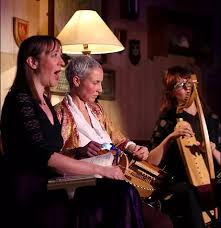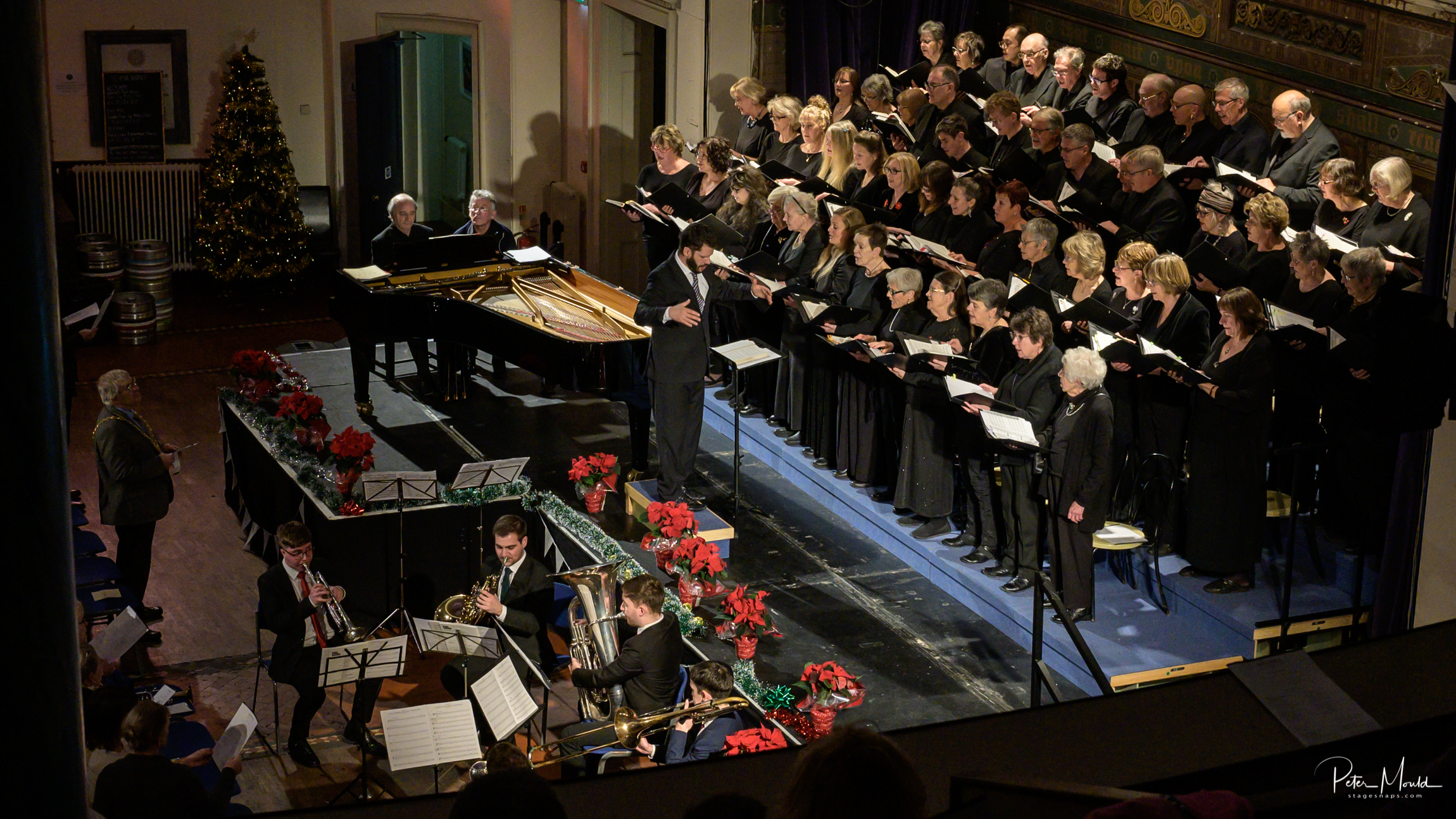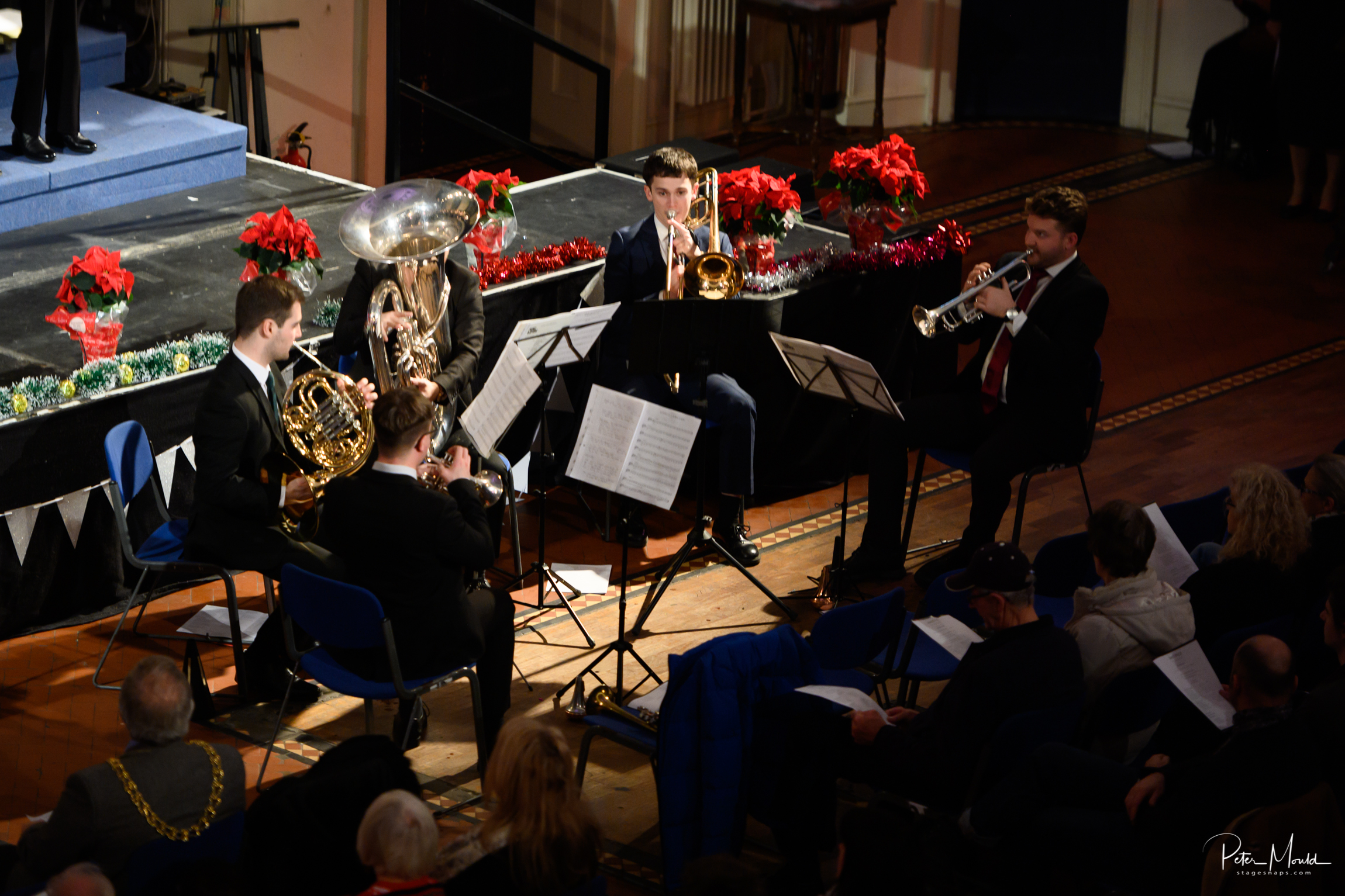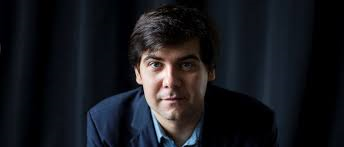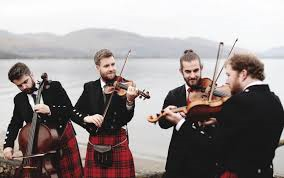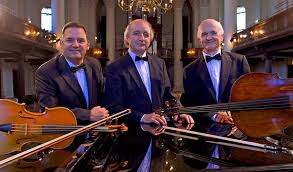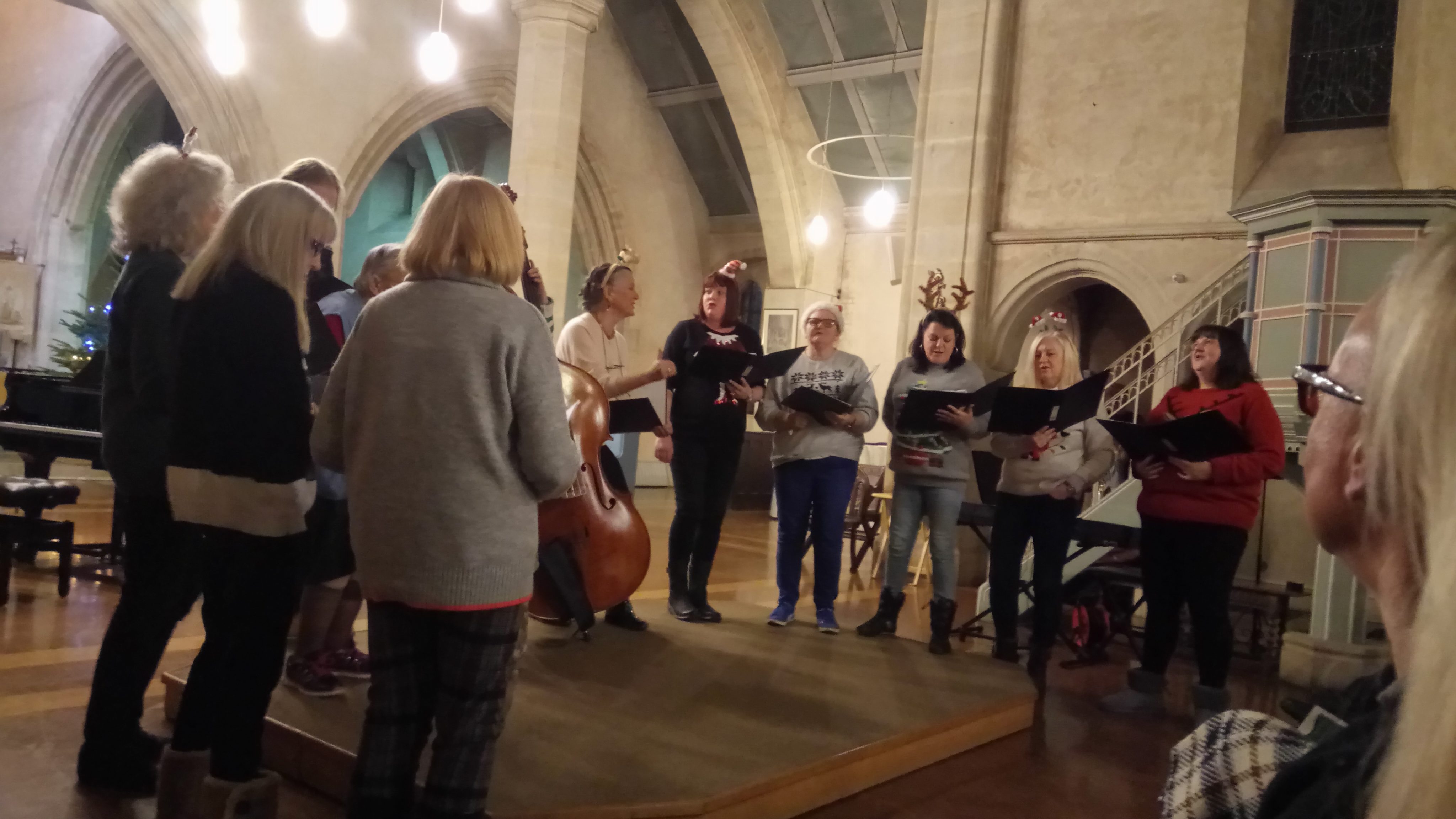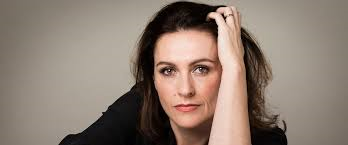Wagner: Tristan und Isolde
Teatro Opera Rome, Daniele Gatti
CMAJOR 752208
I suppose we all have our favourite productions of any work and for Tristan mine remains Wieland Wagner’s Bayreuth production which we experienced in 1967. This new production by Pierre Audi comes pretty close in its intensity and the passion of its singers. Andreas Schager is certainly the finest Tristan since Wolfgang Widgassen and the third act is so overwhelming I don’t think I can return to it often, given its emotional intensity.
Alongside him, Rachel Nicholls is a fine Isolde but it is Michelle Breedt’s Brangane and Brett Polegato’s Kurvenal who are outstanding. John Relyea is a young and very moving King Marke and the whole is held together by the loving intensity which Daniele Gatti draws from the pit.
Pierre Audi’s sparse production style may not be to everyone’s taste but it never intrudes and frequently makes subtle and very telling points. This is a tactile-less approach which some may find too cold, but the emotional intensity – particularly in the last act – which underpins the action makes it all the more necessary. A really valuable new recording.
Tchaikovsky: Swan Lake
Ballet Company of the National Opera of Ukraine
BELAIR BAC174
This is about as indulgently traditional as one could wish for. The sets are beautifully painted but could easily be almost a century old. The magnificent costumes are almost museum pieces but still flow with easy grace. The dancing itself is pleasing throughout and the Odette/Odile of Natalia Matsak and Siegfried of Denys Nedak are both impressive and personable. A real delight for Christmas.
Bach, Vivaldi: Concertos
Chamber Orchestra of the Vologda Philharmonic Society, Alexander Loskutov
MELODIA MEL CD 02595
Two cello concertos and three harpsichord concertos, played on the piano. So far so good but pleasant as the recording is there seems to be a lack of energy in it which means that the scores flow without a sense of wishing to communicate with an audience. It is almost as though we are dropping in uninvited. There are times when this can work well but here it does not really work in either direction. One is left wondering why the recording was made.
Like to the Lark
The Swedish Chamber Choir, Simon Phipps
CHANDOSN CHSA 5255
This recording of Vaughan Williams’ The Lark Ascending is marmite. Using a choral arrangement alters the balance totally. Some of my friends really like but I regret it is not to my taste. The other choral works are more convincing with rare pieces by Judith Bingham, Wilhelm Stenhammar, Hugo Alfven, David Wikander, Mahler and Ola Gjeilo – this later piece being gently impressive.
Bach: The Six Partitas
Angela Hewitt, piano
HYPERION CDA 68271/2
Angela Hewitt manages to combine real clarity of line and tone with an emotional impact which communicates throughout. Consequently what can too easily turn into a set of test pieces is here lovingly crafted and carries us throughout with ease. A lovely recording.
Debussy: solo edition 10/11
Idil Biret, piano
IBA 8.571401-02
I wish I could be more enthusiastic about this recording but much of the playing here seems dull and often academic. That is not to say that occasional pieces don’t come to life but the overall effect is of going through the motions. I am sorry if this sounds damning as Idil Biret has a fine reputation and has made strong recordings in the past. Dare I say this is not really one of them.
Schubert: Winter Journey
Matthew Gee, trombone; Christopher Glynn, piano
NAXOS 8.574093
This is a strange undertaking. I love Wintereise and the piano part here is given exactly as it would be with a singer. The Trombone part is essentially the singer’s line without the words. Though the trombone certainly has an impressive range of tone and technique it never quite has the subtlety of the human voice. Some songs come across well whereas others leave me wanting a fine tenor.
Brahms: The Final Piano Pieces
Stephen Hough, piano
HYPERION CDA 68116
This recording includes the Fantasias Op116; Intermezzos Op117; Clavierstucke Op118 and Clavierstucke Op119. Stephen Hough brings an expected mastery to the 20 short pieces included here and I particularly enjoyed the immediacy of the Op118 set.
Pierantonio Tasca: A Santa Lucia
Anhaltische Philharmonie Dessau, Markus L Frank
CPO 555 181-2
This is one of those romantic operas which has vanished without trace though the score is immediately engaging, tuneful and dramatic. If you are draw to Cavalleria Rusticana then this should be right up your street. I can see it working well at Buxton or Wexford.

